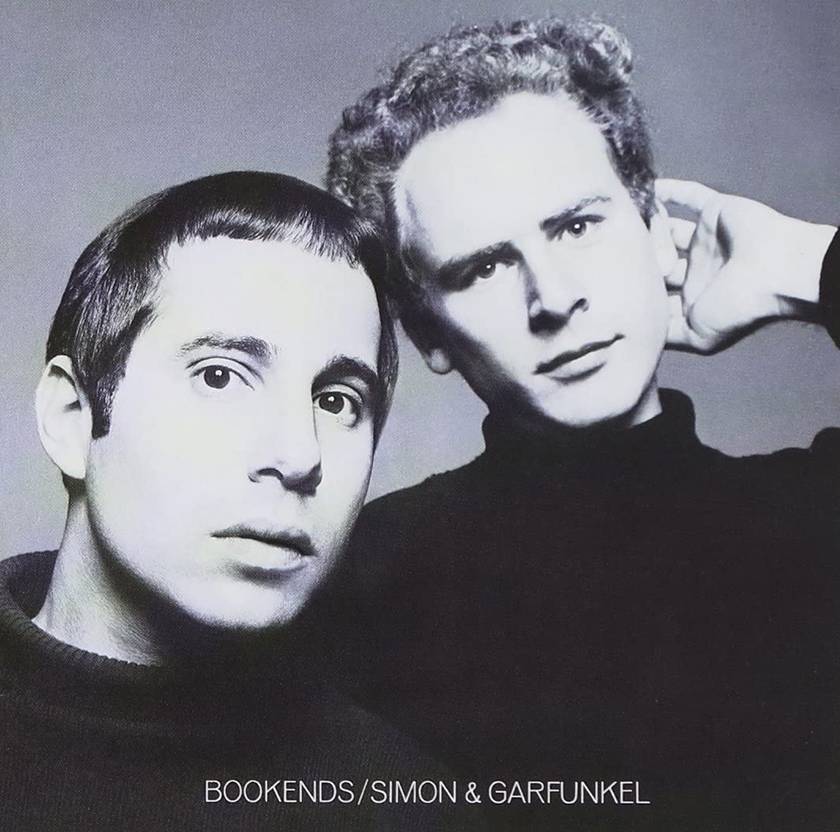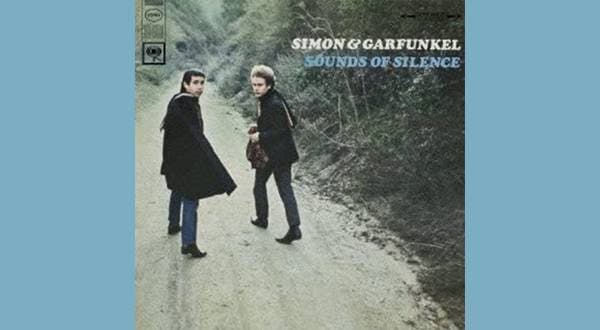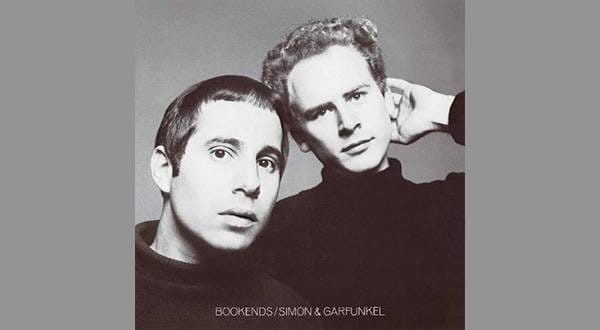Simon & Garfunkel: The Night Before Their Breakthrough – Part III
In this installment, we examine the albums and songs released just before the historic duo, Simon & Garfunkel, achieved their big breakthrough. We also take a closer look at Paul Simon’s musical evolution.
The Remarkable Talent of Paul Simon and Art Garfunkel
Among the artists I have listened to, Simon & Garfunkel stand out as a duo that balances mass appeal with a certain artistic distinctiveness. While many musicians who reach No.1 in the U.S. charts eventually fade away, Paul Simon continues to influence the music scene, his boundless creativity showing no signs of decline.
On the other hand, Art Garfunkel possessed a one-of-a-kind voice, often described as an angelic voice, and also showcased his talent in acting.
The fusion of Paul Simon’s exceptional musicianship with Garfunkel’s vocal brilliance gave rise to some of the most remarkable music in American history—a fact few would dispute.
However, this golden era for music fans was short-lived. Due to musical differences and other factors, Simon & Garfunkel released only five albums before abruptly disbanding in 1970.
A Nostalgic, Delicate, and Profoundly Moving Sound
In his private life, Paul Simon was a neurotic, a man of many romances who regularly saw a psychiatrist. When listening to his music, one can catch glimpses of these personal struggles.
It is precisely because Paul Simon was that kind of man that so many music fans were drawn to his work. While much of American music is carefree and untroubled, people are often captivated by songs that seem to be wrung from the deepest folds of the soul—music with a certain "poison" to it.
I believe that this very "poison" was an integral part of Paul Simon's musical genius.
New York is a city of dazzling brilliance, yet it also harbors a deep, melancholic darkness. In Paul Simon’s music, one can hear the sobs and cries of souls searching for a faint glimmer of light amidst the shadows. Even in his more upbeat songs, there is always an underlying darkness that colors the music.
I am one of those fans who cherish this melancholic depth that permeates Paul Simon’s work.
The album I introduce today, "Bookends," offers a glimpse into this side of Paul Simon—an artist who masterfully captures the contradictions of life in sound.
■ Recommended Album: Bookends (1968) – Simon & Garfunkel

Simon & Garfunkel’s third album, Bookends, takes its name from an image of elderly men sitting on benches in New York’s Central Park, likened to bookends.
The album cover was shot by Richard Avedon, a legendary fashion photographer known for capturing icons like Al Jarreau, Sparks, and Al Kooper—a truly stunning portrait!
Side A is structured brilliantly, bookended by "Bookends Theme" at both the beginning and end, showcasing the skill of producer John Simon. Compared to their previous work, this album feels more cohesive, with standout tracks like "America" and "A Hazy Shade of Winter" highlighting Paul Simon’s growth as a songwriter.
Reaching No.1 on both the U.S. and UK charts, Bookends was a masterpiece on the eve of their major breakthrough, paving the way for classics like "Bridge Over Troubled Water" and "The Boxer".
Recommended Track: "Old Friends / Bookends Theme"
A masterpiece by Paul Simon, depicting the loneliness and alienation of life in a big city like New York, using elderly men sitting in a park as a poignant metaphor.
The seamless transition from "Old Friends" to "Bookends Theme" showcases Simon’s growth as a songwriter. The acoustic guitar backing, combined with Simon & Garfunkel’s harmonies, amplifies the sense of solitude felt by many New Yorkers.
Through this song, one can catch glimpses of American society at the time.
Recommended Track: "America"
One of Simon & Garfunkel’s most significant songs, "America" paints a vivid picture of a young couple traveling across the country in search of meaning.
The song’s brilliance lies in its subtle, everyday conversations during a Greyhound bus journey, making it feel like a scene from a movie.
The backing musicians add to its cinematic quality, with Hal Blaine on drums and Larry Knechtel on organ.
The dialogue between the couple in "America" is both witty and playful. They joke about a man in a gabardine suit, imagining him as a spy, and warn that his bowtie is actually a hidden camera.
However, despite setting off with hope and excitement, the man is suddenly overcome by a deep sense of loss and emptiness, just as his companion sleeps beside him.
The name "Cathy" in the lyrics refers to Paul Simon’s former lover, weaving his personal emotions into the song’s narrative.
Musically, Larry Knechtel’s Hammond organ adds a touch of brilliance, enhancing the song’s atmosphere. The arrangement and storytelling are so vivid that listeners can almost see the vast landscapes of America unfolding before them.
Recommended Track: "Mrs. Robinson"
"Mrs. Robinson" is one of Simon & Garfunkel’s most highly regarded songs, standing among their finest works.
This version differs in arrangement and vocal delivery from the earlier version on Parsley, Sage, Rosemary and Thyme. However, the widely recognized "Mrs. Robinson" is considered the definitive version.
What elevates this song is not just its masterful arrangement but also the powerful vocal performance from both Simon and Garfunkel. While the earlier version opens with Paul Simon’s rhythmic guitar cutting, this version features a layered guitar intro, making it instantly captivating.
The brilliant intro alone makes the song worth listening to. With its refined production and cultural impact, "Mrs. Robinson" reached No.1 on the U.S. charts, securing its place as one of their greatest hits.
Recommended Track: "A Hazy Shade of Winter"
"A Hazy Shade of Winter" is one of Simon & Garfunkel’s most straightforward rock-driven tracks, standing out with its bold 8-beat rhythm and strong rock arrangement—a rarity in their discography.
While much of Bookends leans into folk, this song introduces a heavier, more energetic sound, reflecting the shift in the late 1960s from folk to rock.
Lyrically, it carries a message of moving forward without losing hope, highlighting Paul Simon’s more optimistic side in contrast to the melancholic themes of "Old Friends" and "Bookends".
In Japan, the song gained popularity multiple times on the charts and became widely recognized after being used as the theme song for a TV drama.
Featured in This Discussion
- Artists: Paul Simon, Art Garfunkel
- Album: Bookends
- Recommended Tracks: "Old Friends / Bookends Theme", "America", "Mrs. Robinson", "A Hazy Shade of Winter"
⇨ SOUND HOUSE Piano/Synthesizer Collection
The “sound & person” column is made up of contributions from you.
For details about contributing, click here.












![[For Beginners!] Top 5 Acoustic Guitars for First Instruments](/contents/uploads/thumbs/2/2022/8/20220802_2_18814_1.jpg)
![[2025 Edition] Top 10 Recommended Acoustic Guitars](/contents/uploads/thumbs/2/2022/5/20220506_2_17799_1.jpg)



 ギターの種類
ギターの種類
 ピックアップの種類(アコースティックギター)
ピックアップの種類(アコースティックギター)
 弦の張り替え(アコースティックギター)
弦の張り替え(アコースティックギター)
 ギターケースの選び方
ギターケースの選び方
 ギター演奏に必要なものは?
ギター演奏に必要なものは?
 ギタースタートガイド
ギタースタートガイド















